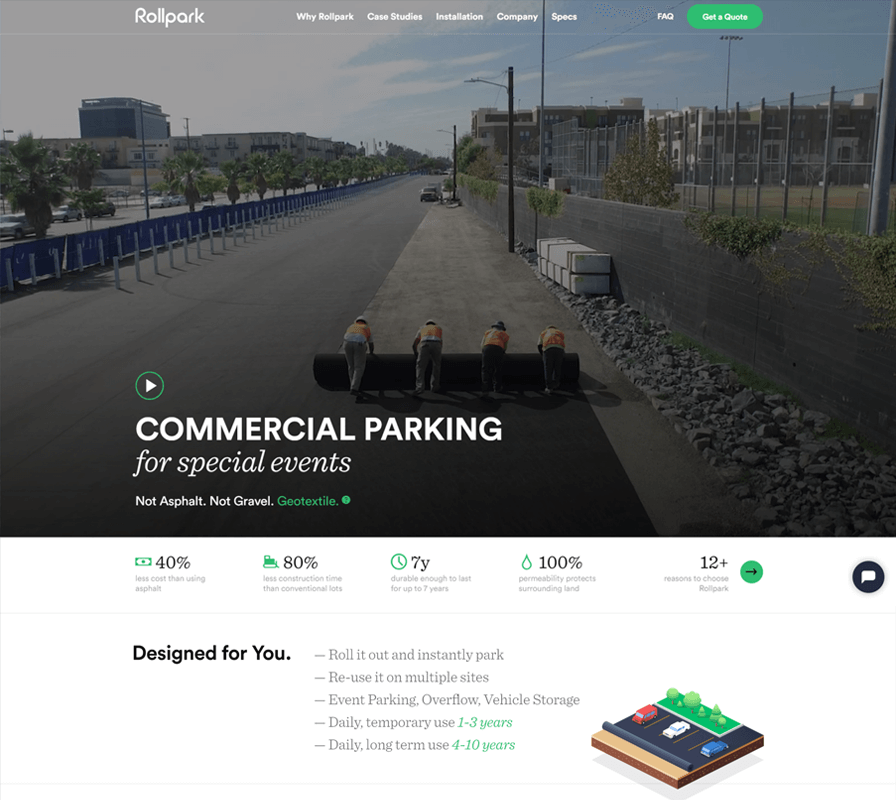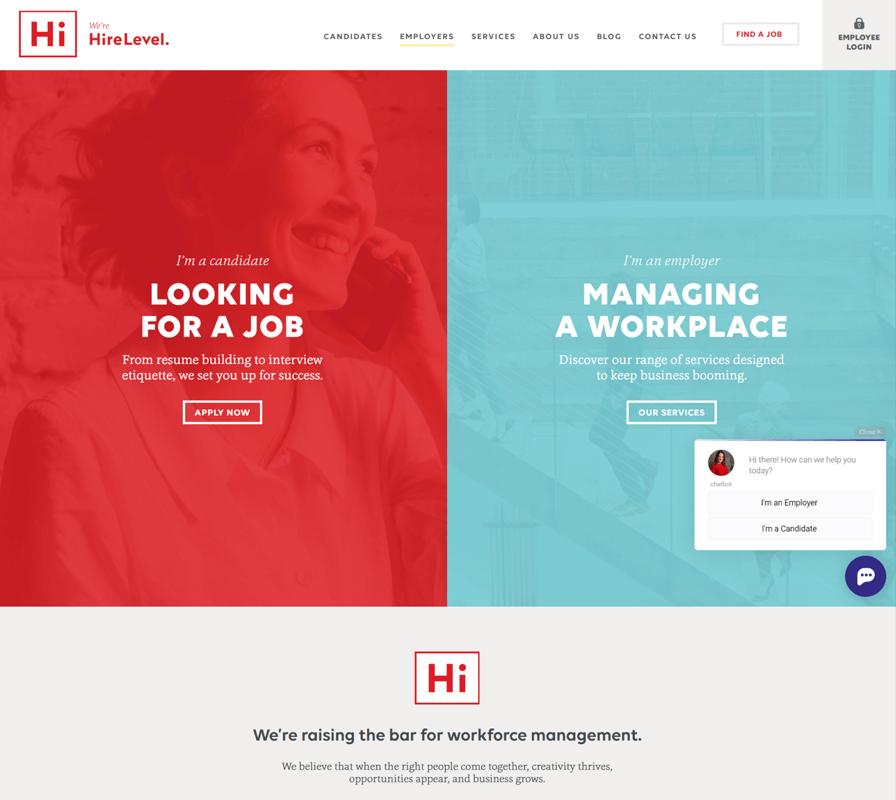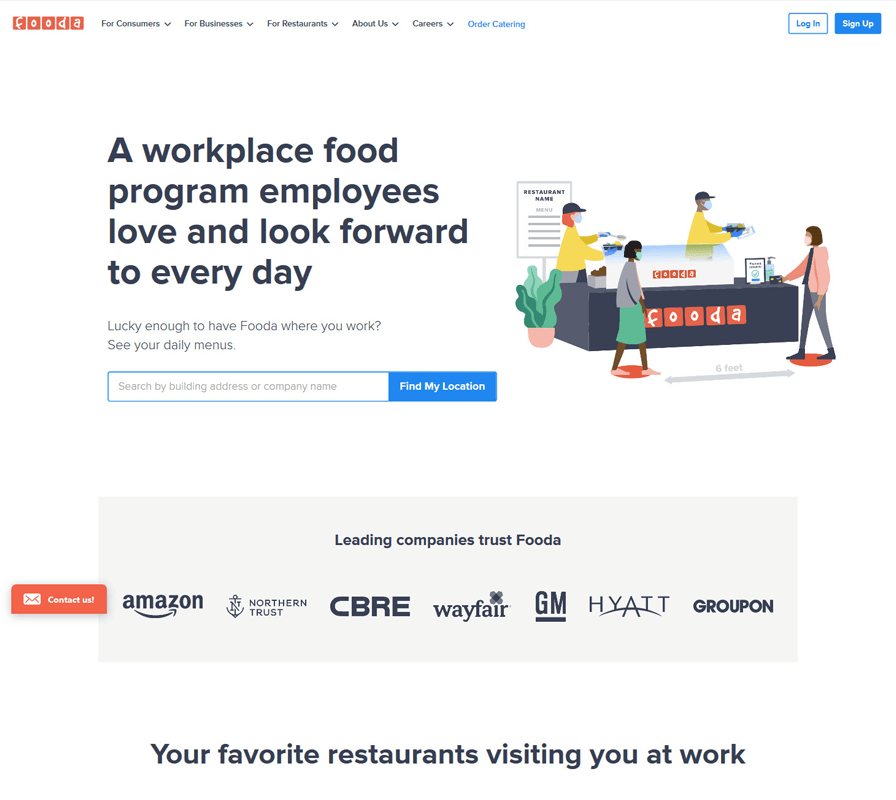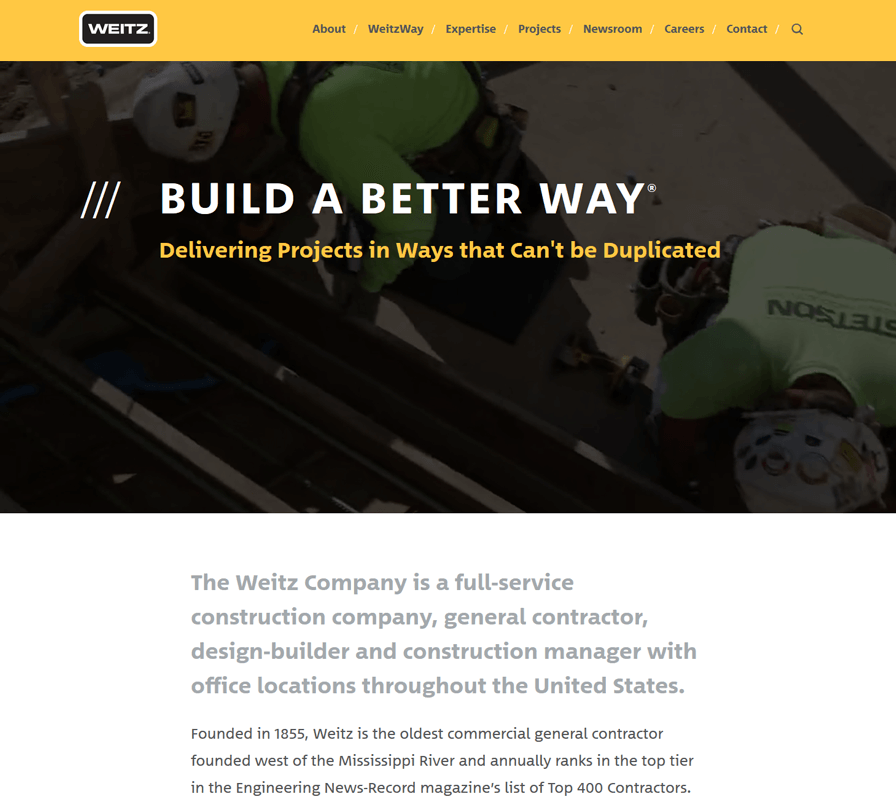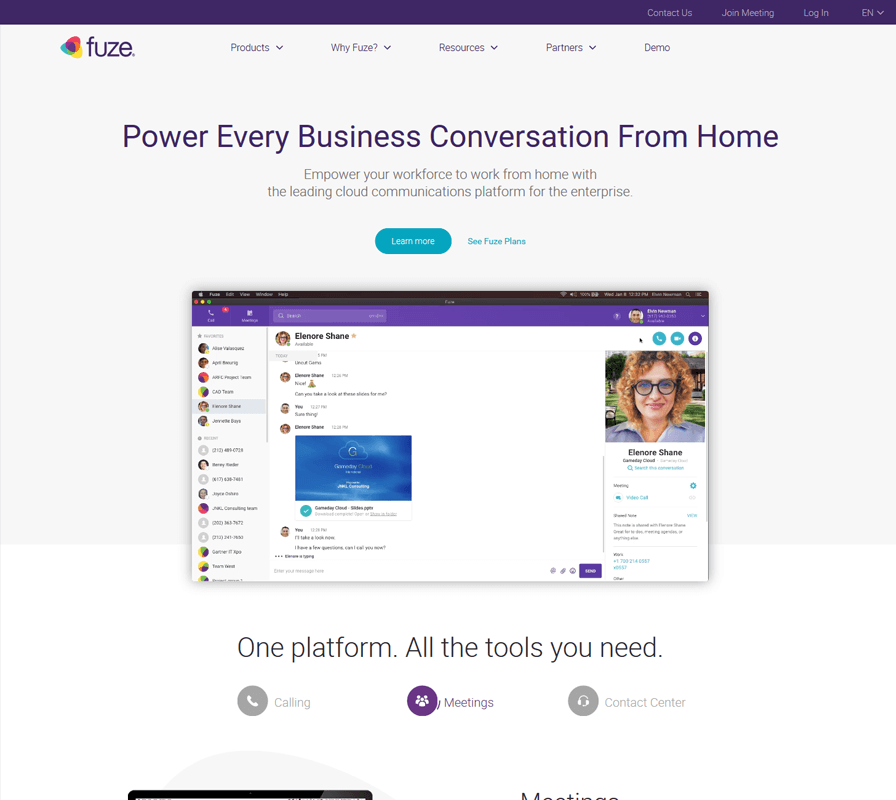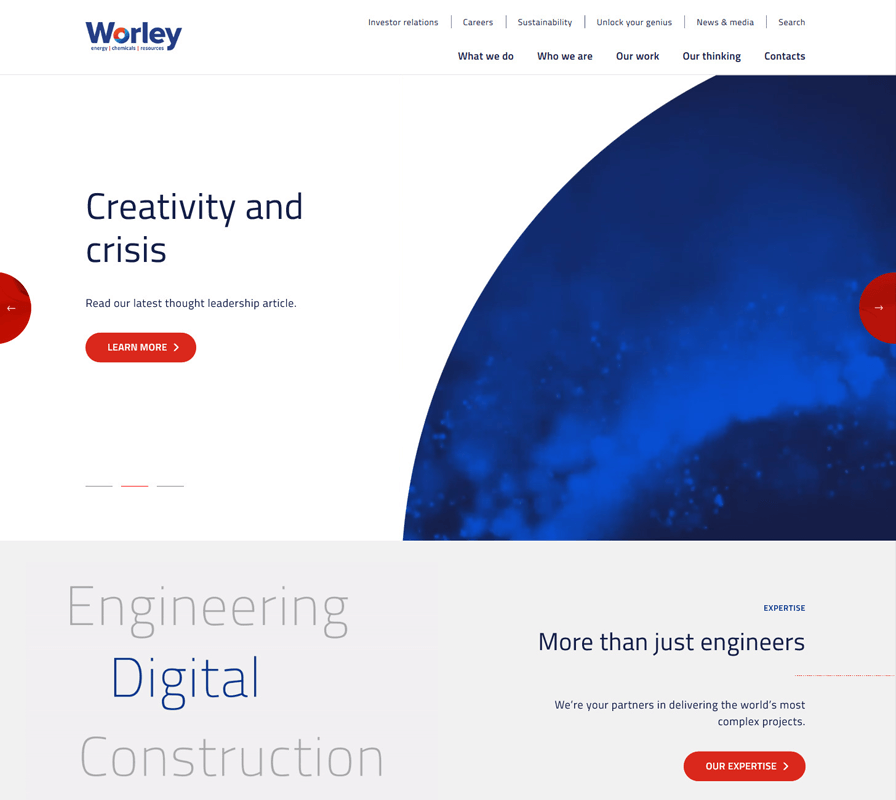B2B website designs serve an important purpose for a customer’s journey and moving them further through a sales funnel. It is important that these websites keep lead generation and their target audience in mind when creating a new website design. In this article, we will discuss website design best practices for b2b companies, as well as a few examples of current design trends in the b2b space.
B2B website design has seen some big changes throughout the years. Not only has the need for a responsive design become important, but businesses must take into consideration how their website can help improve search rankings and guide a visitor through the sales process. Some factors that can help improve a B2B website design include:
When beginning a b2b website design, it is important to consider the following best practices:
- All b2b website designs should include value statements that resonate with their target audience
- B2B website designs should help move prospects further through the sales funnel through an effective design and development strategy
- B2B website designs should seek to improve online lead generation through frequent creation of new online content to remain relevant within their industry
- B2b website designs should perform well, with a load time of 2.5 seconds or less
- B2b website designs should consider a customer journey and display content in a way that is engaging and improves their level of trust with your brand
- B2B companies should include professional branding and imagery throughout their website design
- B2b website designs should include call to action areas throughout their website as a way to increase conversion rates for their target audience
- B2b website designs should provide a high level of security to protect confidential information of their visitors
- B2b websites should be responsive across all types of devices such as desktops, mobile phones and tablets
- B2b websites should be well optimized for search engine use through effective keyword optimization, a great user experience and creation of new content online
Performance and Security
Having a B2B website design that performs well and is secure is more important than you think. Both performance and security actually affects search engine rankings, with less secure and poor performing websites being ranked lower by search engines. A website with a load time of around two seconds is considered well performing. In terms of security, make sure HTTPS is installed on your website for data protection purposes.
Responsive Design
Having a B2B website design that is responsive across all devices is considered an important component for website design. Now more than ever, people rely on smartphones for browsing the web, and it can be frustrating if you have to zoom in and out to view a website design if it is not optimized for smartphone use. Unresponsive web design can also contribute to a high bounce rate due to frustration with the website. Responsive website design is also a factor in search engine rankings, with well optimized websites ranking higher in search results.
Content Creation
A good B2B website design will engage its target audience through content as a way to educate and guide them through the sales funnel. In order to compete with similar businesses, your B2B website design should not only include some of the latest design trends, but also include new content that is created on a regular basis. Not only does new content help in telling your brand’s story, but keeps a visitor exploring your website for longer periods of time. So what types of content should you include in your B2B website design? Below are a few examples:
- Blog posts (could discuss different topics such as innovations in your industry, event recaps, discussion of new products or services, company culture)
- Client testimonials or case studies (these allow visitors to understand how your product or service helped clients overcome different types of challenges through your solutions. Also adds an aspect of relatability to your website.)
- Resource section (could include different documents relating to your industry, such as white papers and other important documents)
- Webinars
- Video or media gallery
- Social media (gives a more personal communication opportunity with visitors and away to share content)
Call to Action Areas
In order to improve conversion rates on a B2B website, you should include “call to action” areas where visitors can further engage with your business. These call to action areas should be included on the home page, as well as throughout other areas of your B2B website design. For a B2B website, this could include buttons to “request a demo”, “request more information”, or talk with a specialist. Inclusion of forms is another great way to improve conversion rates. These forms could have visitors enter contact information and any questions they may have regarding your product. The more information you are able to collect from a visitor, the more opportunity your B2B business will have for further communication with the individual. This will help improve your online customer journey, and help increase sales in the long run through more effective selling practices online.
Photography and Video
B2B website designs should include great imagery and other media in order to capture the attention of your visitors. Stock photography can look outdated and gives less of a personal feel to your business website. Instead, consider having professional photos taken of your office location, products and services, and staff to give a more personalized and professional feel to your website. Including video can also be a great way to educate your audience and demonstrate the advantages of your products or services.
Inclusion of Value Statements
Another website design best practice is to include value statements within your B2B website design. Value statements help visitors understand how your B2B business can help them and maybe why they should choose you over another business that offers a similar solution. Below are a few examples of value statements you could include in your B2B website design:
- Competitive Advantages
- Employee Bios (maybe include experience working in the field)
- Statistics (examples might include total projects completed, regions you have worked in, industries served etc)
- Company culture (what does it look like to work for your business in terms of office life? This can be great for potential applicants)
- Company mission and vision statement (What does your business hope to accomplish? How are you working towards these goals?)
Here are several examples of strong B2B website designs that not only include the latest design trends, but also best embody the features mentioned above.
